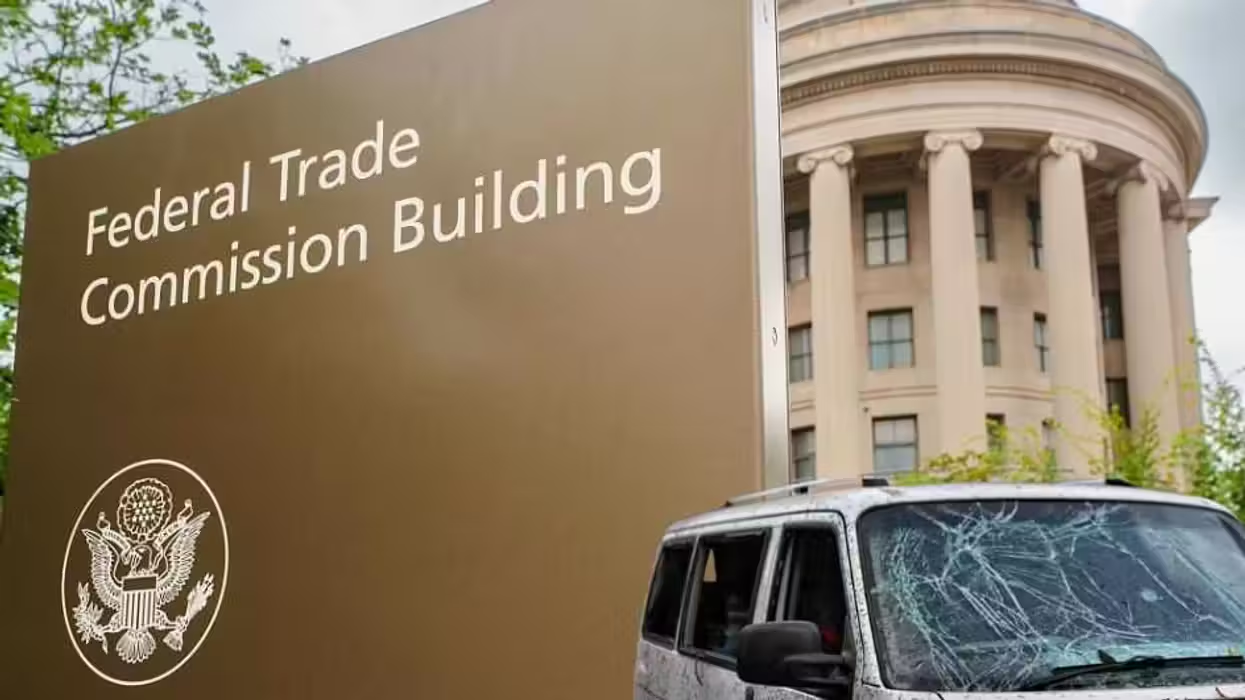
© 2026 Blaze Media LLC. All rights reserved.
"As many as 1 in 4 borrowers was carrying a past-due student loan balance in the third quarter..."
[Editor's note: the following is a cross post that originally appeared on Wall St. Cheat Sheet.]
As college students graduate into one of the most depressed job markets in years with more debt than ever, it’s no wonder so many of them have become delinquent on their loans. As many as 1 in 4 borrowers was carrying a past-due student loan balance in the third quarter, higher even than the Federal Reserve Bank of New York had previously thought.
 The New York Fed earlier said that 5.4 million, or 14.6 percent, of the nation’s 37 million borrowers with student loan balances had at least one past-due student loan account. But new figures Monday show that number may be significantly higher — as many as 9.25 million of the nation’s student loan borrowers may be delinquent, with millions more struggling to keep up.
The New York Fed earlier said that 5.4 million, or 14.6 percent, of the nation’s 37 million borrowers with student loan balances had at least one past-due student loan account. But new figures Monday show that number may be significantly higher — as many as 9.25 million of the nation’s student loan borrowers may be delinquent, with millions more struggling to keep up.
(Related: European Economy on the Cusp of Another Widespread Recession)
Fear of beginning one’s adult life with a mountain of debt may have some students dropping out, said W. Norton Grubb, a professor at UC Berkeley’s School of Education. Only 40 percent to 50 percent of students enrolling at universities end up completing their degrees, he said. All of those drop-outs end up competing for unskilled jobs, of which there are too few in the U.S., while engineering and technology jobs go unfilled for the "lack of qualified candidates."
Skyrocketing debt may also be pushing some graduates into areas of work that have a bigger immediate payoff, such as finance, as opposed to doing what they want to do, or taking jobs that benefit society. “The debt levels are distorting what fields people are taking on,” Grubb said.
Furthermore, the New York Fed report concluded that “student loan debt is not just a concern for the young. Parents and the federal government shoulder a substantial part of the post-secondary education bill.”
Past-due balances on student loans amounted to $85 billion in the third quarter, or about 10 percent of the total owed, according to the Fed’s report. But Fed researchers said delinquency figures for student loans actually understate the magnitude of the problem, as they don’t take into account that federal guaranteed loans, which make up the bulk of student debt, typically don’t require repayment while borrowers are still in school and for six months after graduation.
(Related: Could America’s ‘Miserable’ Youth Decide the 2012 Election?)
Borrowers who are temporarily exempt from making payments for one reason or the other are excluded from the figures. If included, the Fed says the number of borrowers with past-due balances would jump to 27 percent of the total. The total amount of outstanding balances that are late would rise to 21 percent. Both figures are about double the unadjusted rates.
When it comes to private, non-guaranteed student loans, the default rate seems to be a bit lower. Moody’s Investors Service recently reported that the default rate for such loans in the fourth quarter was 5.1 percent. However, that rate double what it was before the most recent recession. Furthermore, the Moody’s report noted that some private student loan measures indicated the pace of defaults is rising. “High unemployment will keep defaults high,” the report said.
Economists vary on how the strain of student loans will impact the broader economy, but Federal Reserve Chairman Ben Bernanke said recently that “student loans are becoming a very large category of loans.” The Fed put the latest outstanding student loan balance at $870 billion. Meanwhile, credit card debt in the U.S. totaled $693 billion, according to the same report, and car loan debt totaled $730 billion.
Want to leave a tip?
We answer to you. Help keep our content free of advertisers and big tech censorship by leaving a tip today.
Want to join the conversation?
Already a subscriber?
more stories
Sign up for the Blaze newsletter
By signing up, you agree to our Privacy Policy and Terms of Use, and agree to receive content that may sometimes include advertisements. You may opt out at any time.
Related Content
© 2026 Blaze Media LLC. All rights reserved.
Get the stories that matter most delivered directly to your inbox.
By signing up, you agree to our Privacy Policy and Terms of Use, and agree to receive content that may sometimes include advertisements. You may opt out at any time.






